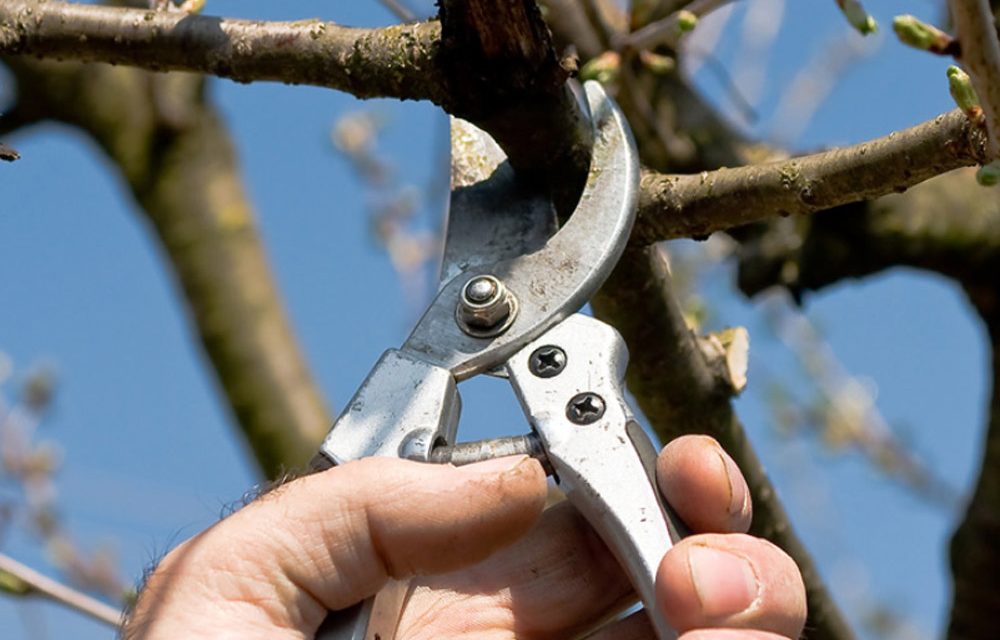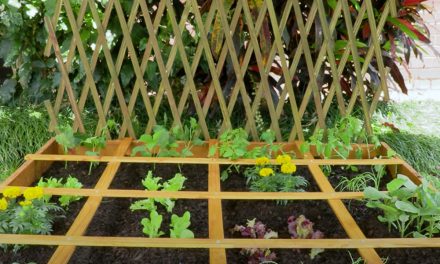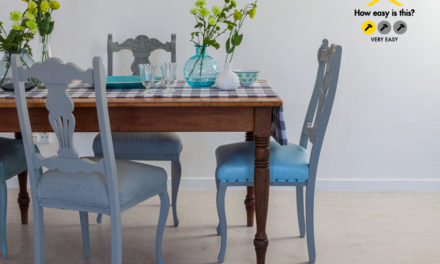Winter is the time to prune, getting rid of dead wood and making way for summer’s growth.
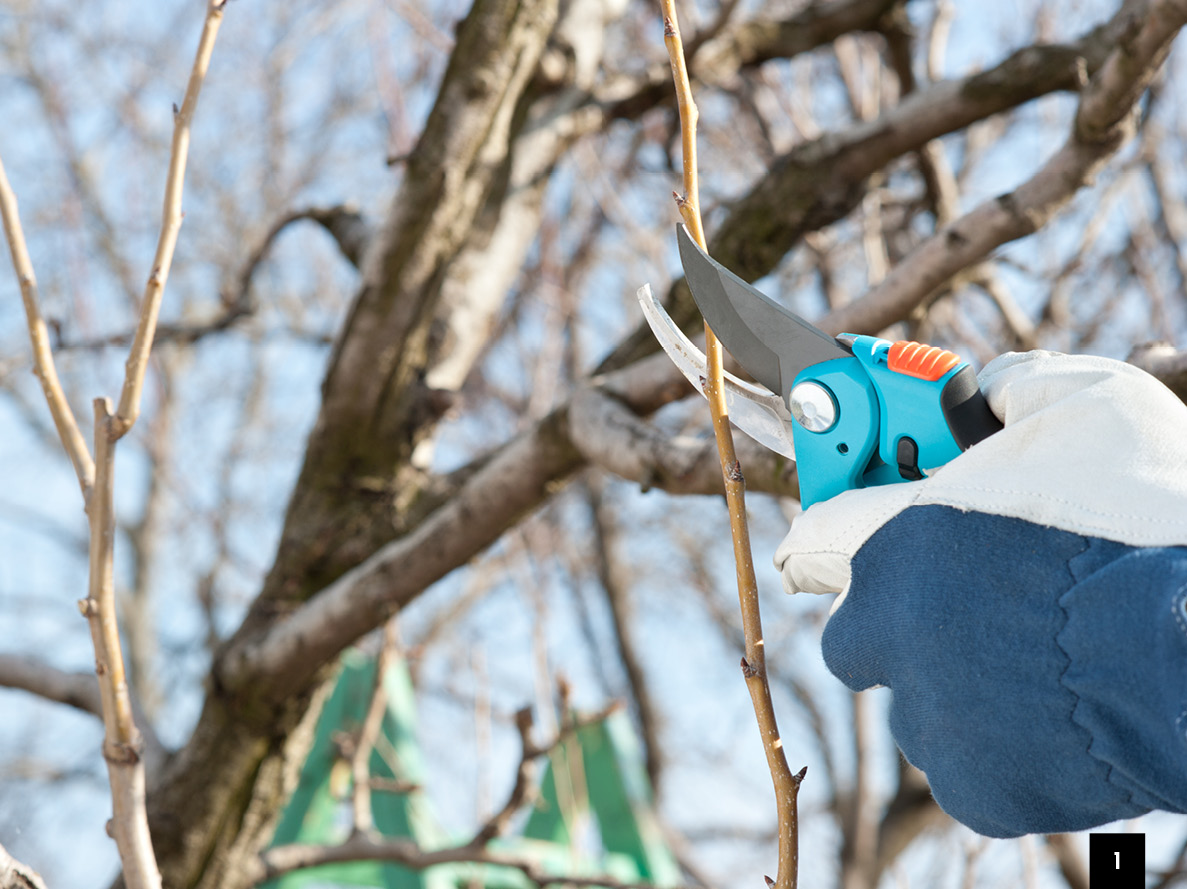
1. Deciduous and fruit trees
Leave until July when they are at their most dormant. Remove dead or diseased branches first. Open up the centre of fruit trees to let in light to ripen fruit. Take care not to cut too close to growing buds or to damage the plump fruit buds. Seal large cuts and spray with lime sulphur afterwards to stop disease from getting into the open wounds.
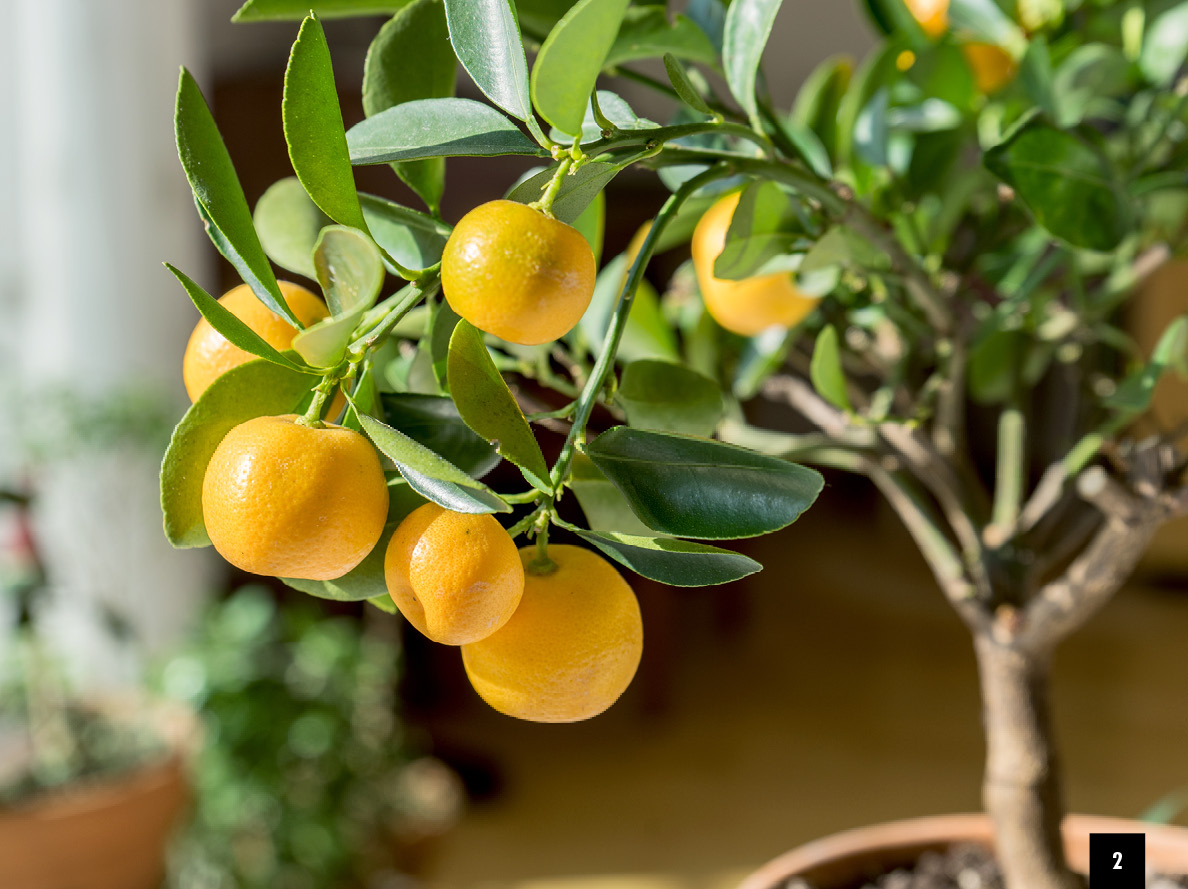
2. Citrus
These trees don’t require much pruning. Cut out dead and diseased branches and thin out if necessary.
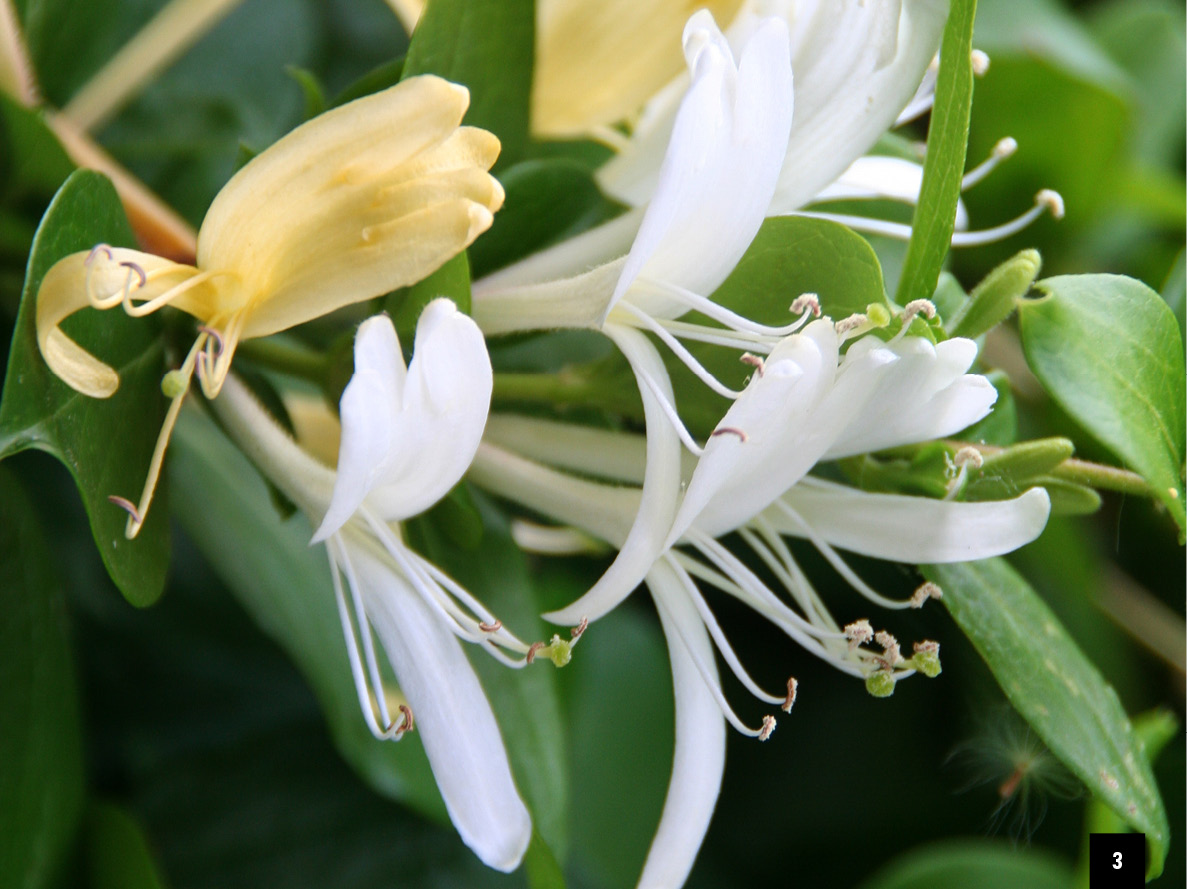
3. Hedges
Trim and shape after they have flowered.
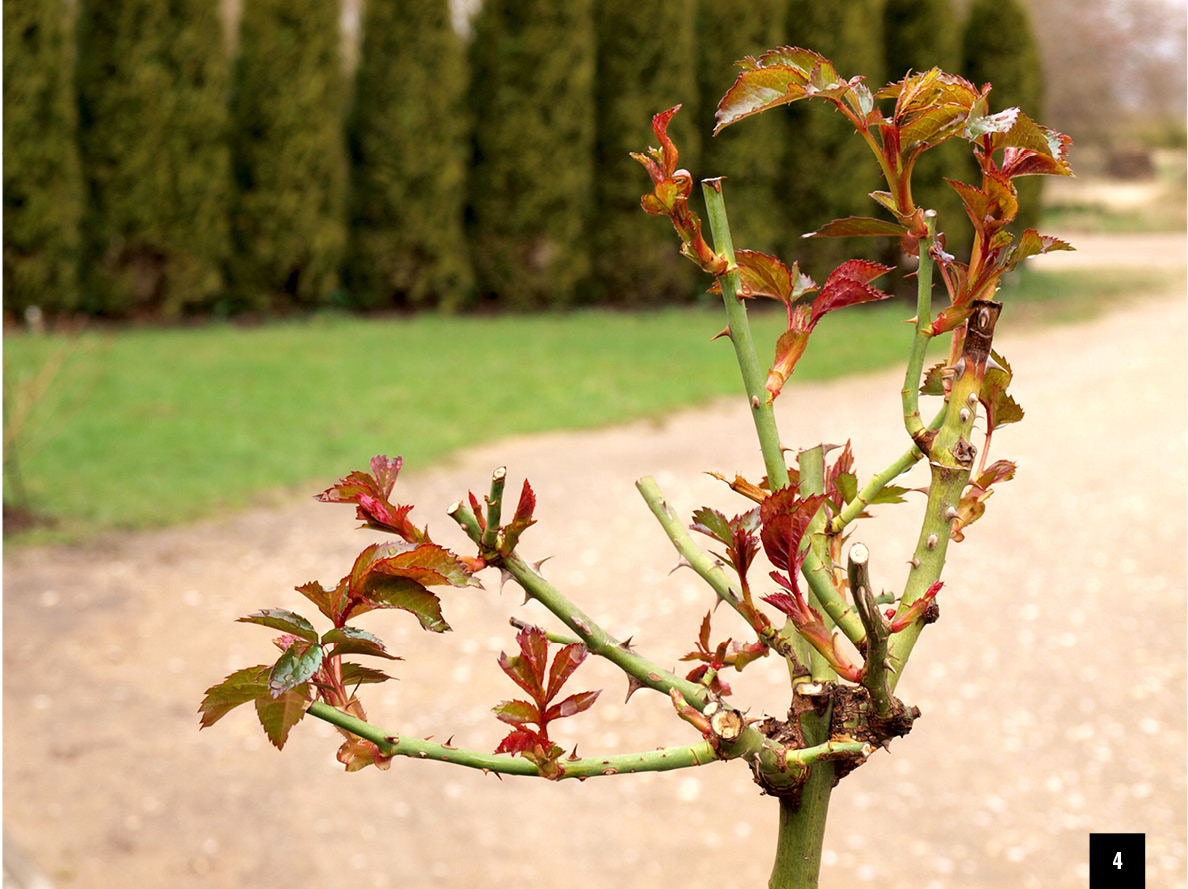
4. Roses
Don’t prune early bloomers such as banksia roses and dog roses until after they have flowered in October. Burn all diseased and pest-infected prunings.
Download our handy infographic for the right way and the wrong way to prune roses.
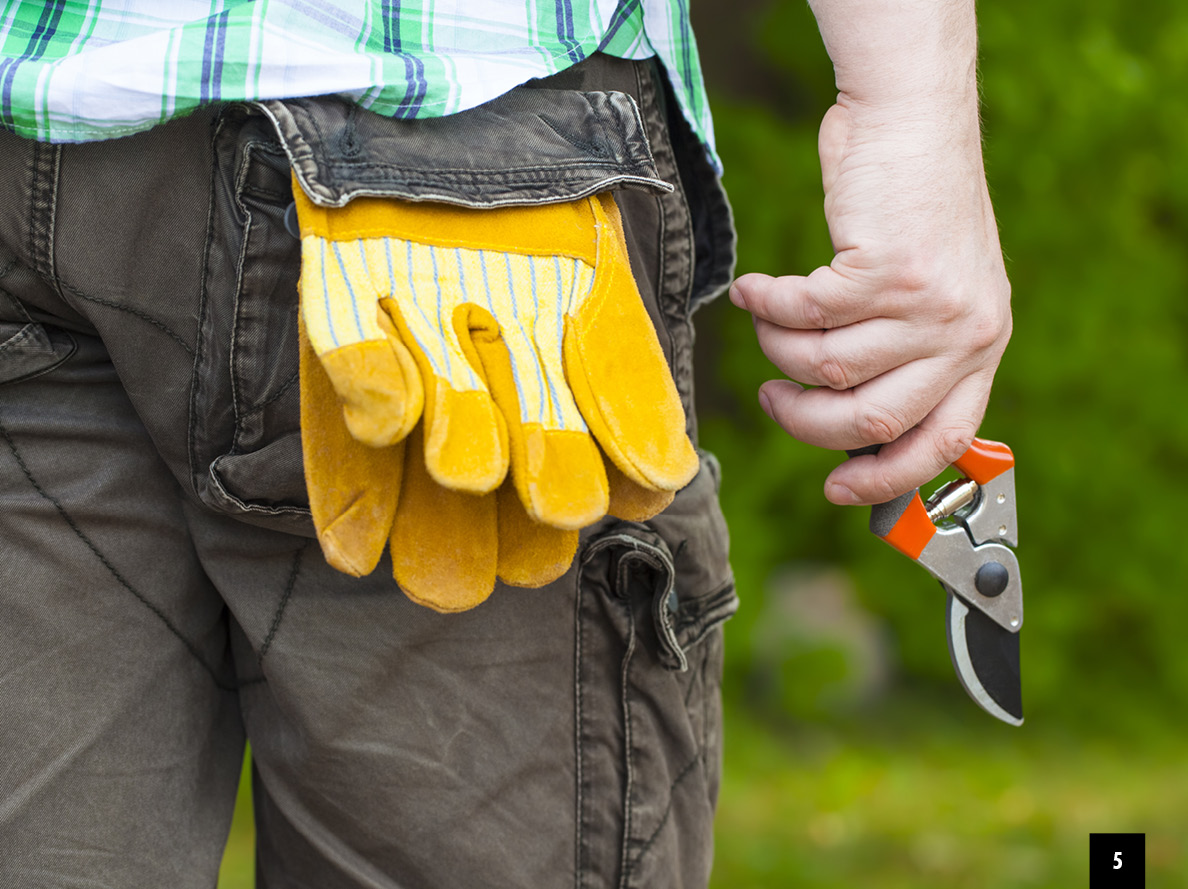
5. Tools for the job
Before starting, make sure your secateurs, loppers and saw are sharp. Clean them regularly so that diseases are not transmitted from one plant to the next – wipe the blades with a little vinegar or bleach in between pruning each plant.
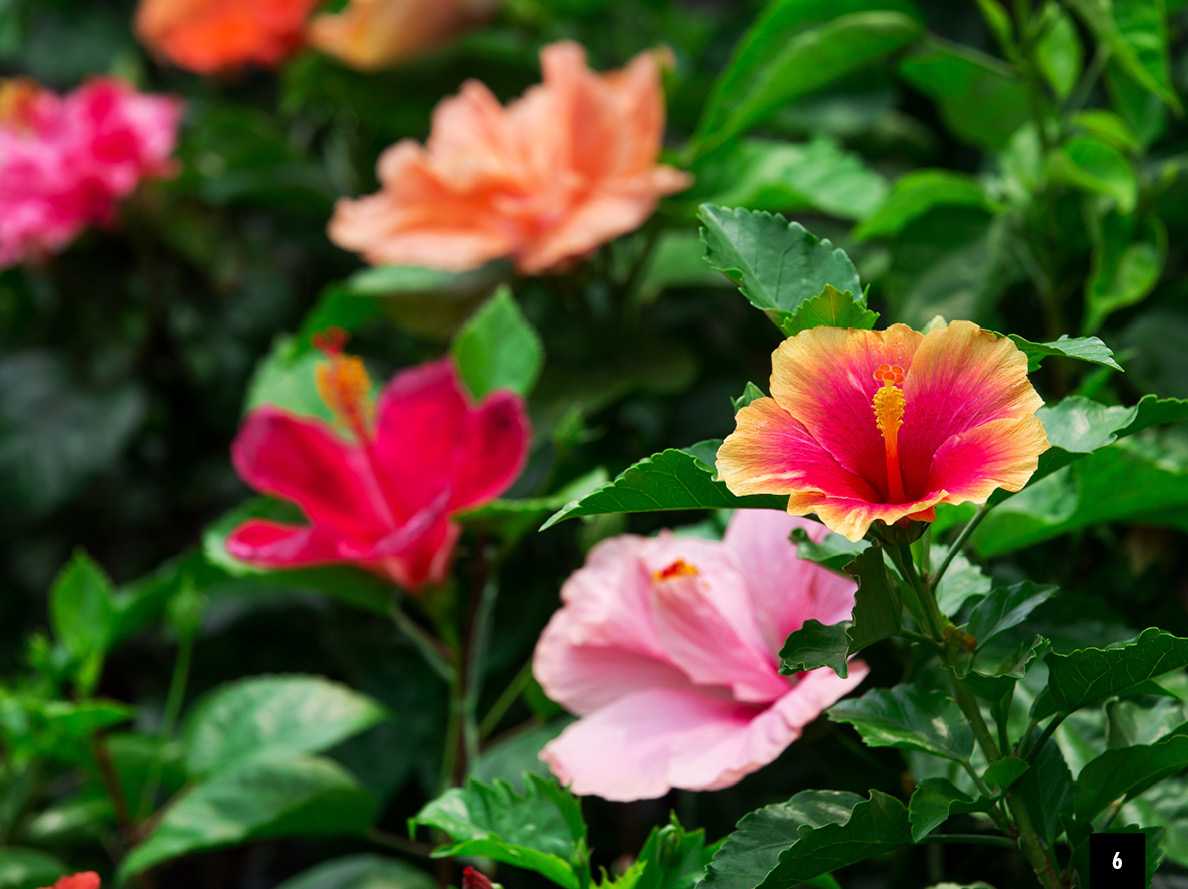
6. Shrubs
In June, trim summer and autumn flowering shrubs such as solanum, duranta, hibiscus, abelia, barleria, ribbon bush, sagewood and tecoma. Aim for a tidy shape. Select good pieces for hardwood cuttings as you go and pot them up to give as gifts to friends.
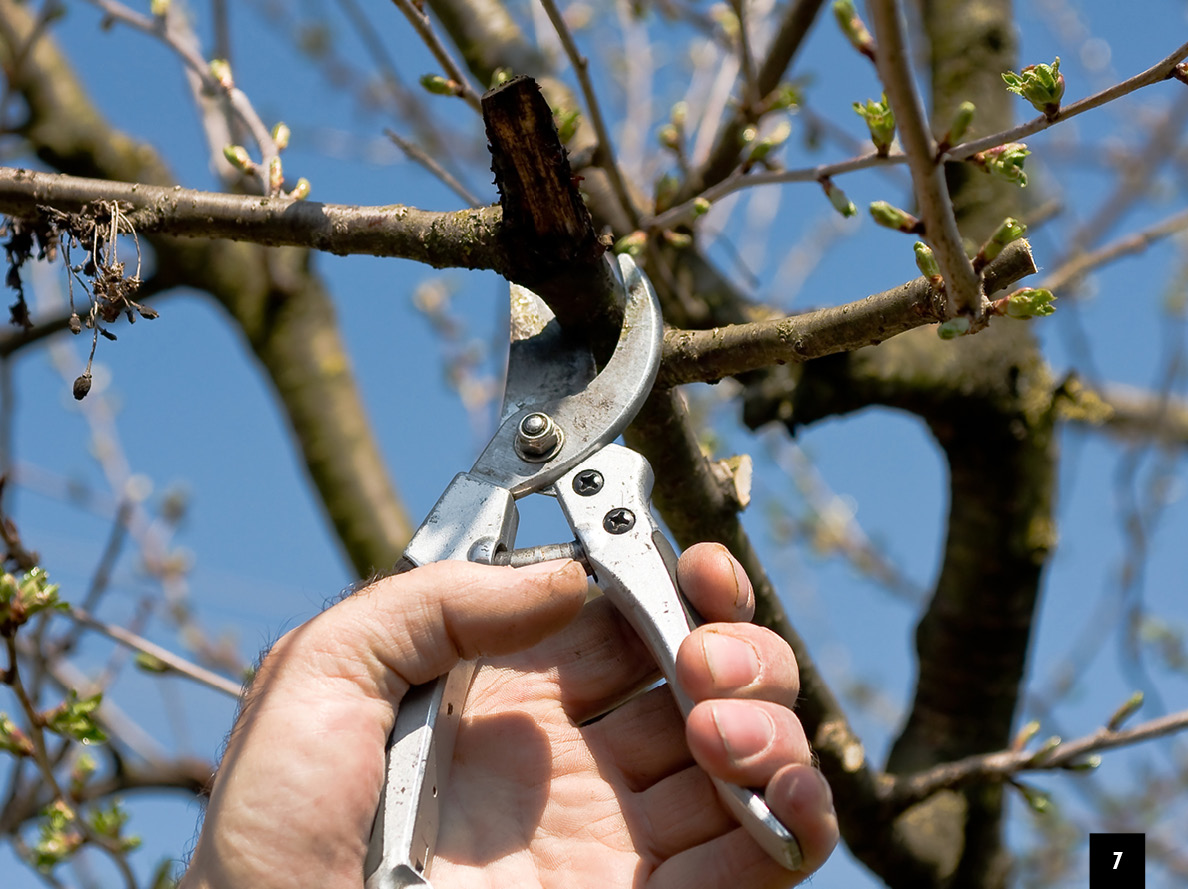
7. Standards
Remove any sprouting buds and suckers from the trunk and root. Prune to keep the crown symmetrical and the branches radiating out evenly. Aim to cut the main stems back by half their length to a strong, outward pointing bud.
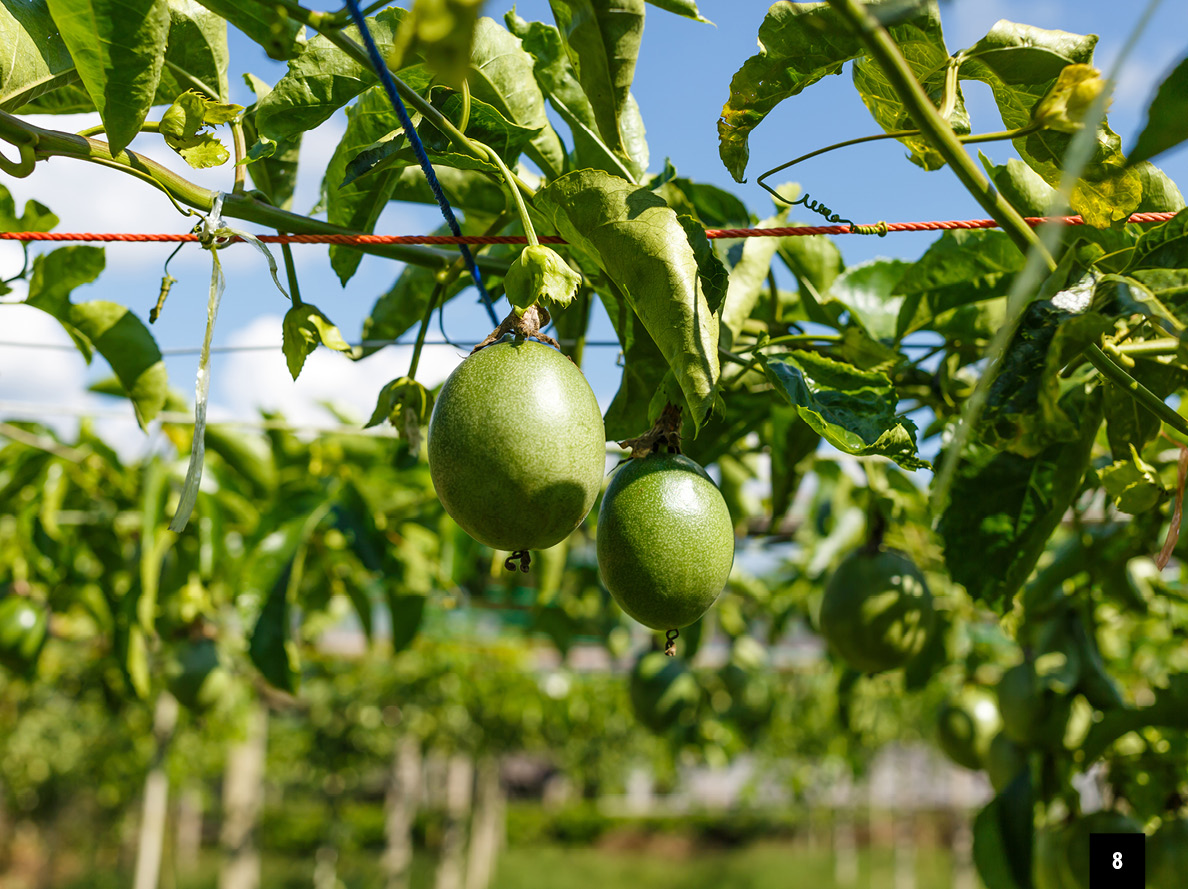
8. Climbers
Cut back long lateral branches of granadillas to 60cm to promote new growth and fruiting.

